
The mysterious death of 21-year-old Rojin Kabais continues to stir controversy in Türkiye, even a year after her body was discovered on the shore of Lake Van.
Kabais was a first-year child development student in the eastern city of Van. She went missing on Sept. 27, 2024, after leaving her dormitory. The next day, her mobile phone, earphones, a snack cake, and a bottle of water were found on the shore of Lake Van.
Eighteen days later, on Oct. 15, her body was discovered about 24 kilometers (14.9 miles) away near Mollakasim by a cleaning worker and a residential security guard.
She was wearing her clothes, but her yellow slippers were missing.
A photo showing her belongings by the lake circulated on social media, as many women commented that all she seemed to have wanted was a quiet moment to herself to listen to music, but even that cost her life.
Despite a year of investigations, secrecy orders, and repeated calls from activists, the official cause of death remains undetermined.
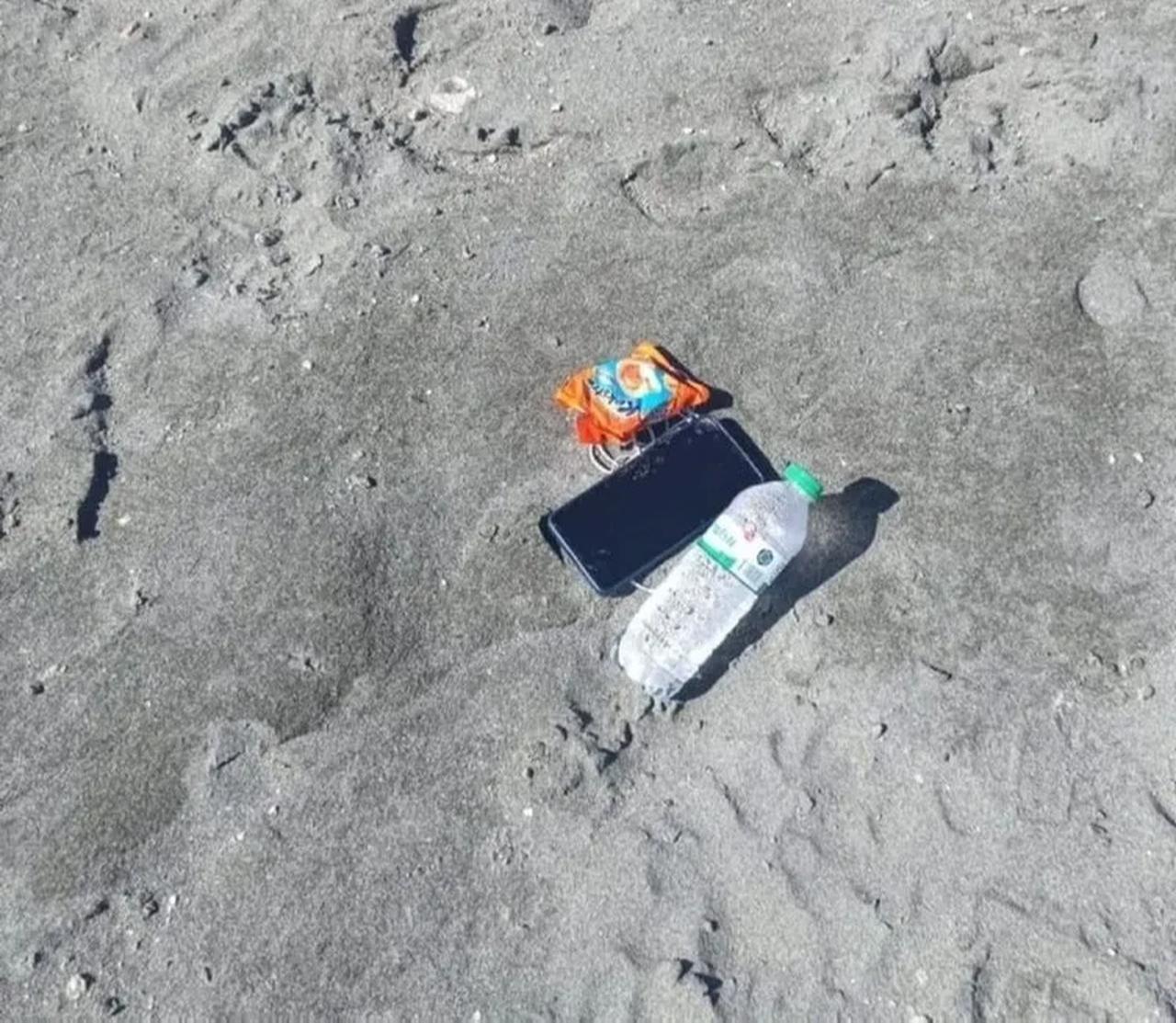
According to the Forensic Medicine Institution (Adli Tip Kurumu, ATK), Kabais died as a result of drowning.
However, experts could not determine whether the drowning was a suicide, an accident, or the result of external involvement.
“The death occurred due to drowning, but based on the available evidence, no medical evaluation can determine whether it was suicide, accident, or caused by another person,” the report said.
The ATK found no evidence of trauma, poisoning, or sexual penetration injuries.
Traces of ornidazole and rocuronium detected in her body were attributed to decomposition.
Because the body had been in the water for around 18 days, many tissues were severely degraded, limiting what could be concluded.
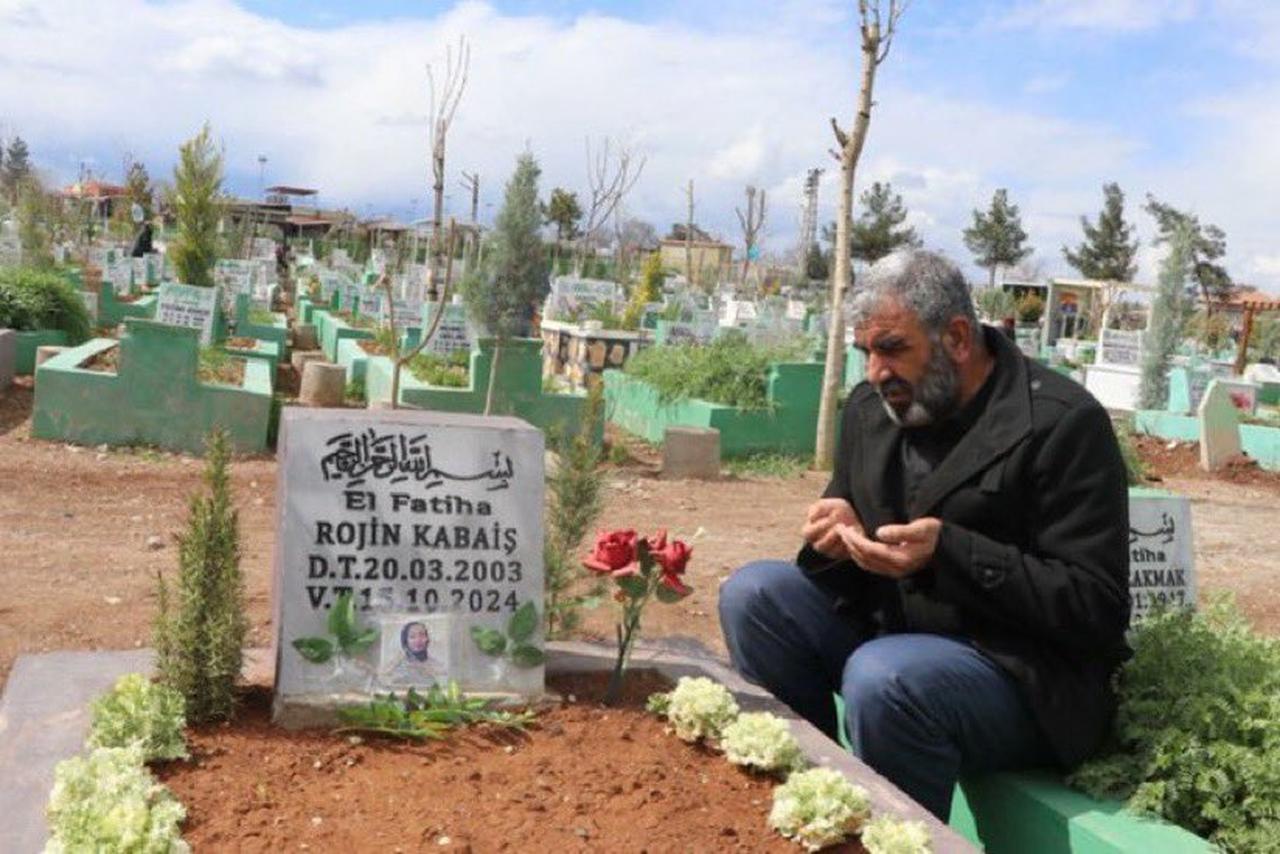
During the initial autopsy at the Van branch of the Forensic Medicine Institution (ATK), 80 swab samples were collected and sent to the Biology Department of the institution in Istanbul for analysis.
The first report, dated Nov. 6, 2024, confirmed the presence of two different male DNA profiles but did not specify from which parts of the body the samples had been taken.
It also concluded that no suspicious biological findings were detected, a statement that drew criticism from the family’s lawyers and local bar associations.
Following objections and formal requests for clarification, a new ATK Biology Department report was added to the case file on Oct. 10, 2025. The updated findings specified that the DNA samples came from the chest and intravaginal regions of Kabai’s body.
ATK experts said these traces could result from environmental contamination, contact during recovery, or handling after death.
Contamination during autopsy and laboratory processing was ruled out, but the report stated that other causes could not be excluded without full comparison samples.
“The report recorded two male DNA profiles, but the information about where they were found was entered into the file nearly a year later,” said Van Bar Association lawyer Zeynep Demir to DW, calling it “a failure of transparency.”

Amid growing criticism, Justice Minister Yilmaz Tunc said the government remains committed to uncovering the full truth.
He confirmed that the Van Chief Public Prosecutor’s Office is coordinating the ongoing process.
“No detail is being overlooked. All evidence and reports are being reviewed in depth. The investigation includes camera footage, digital data, witness statements, and phone records. International experts are assisting in accessing the victim’s locked device,” Tunc said, as reported by Hurriyet.
He added that an additional expert opinion had been requested from the Forensic Medicine Institution to clarify contradictions in the file and ensure “not a single point remains in the dark.”
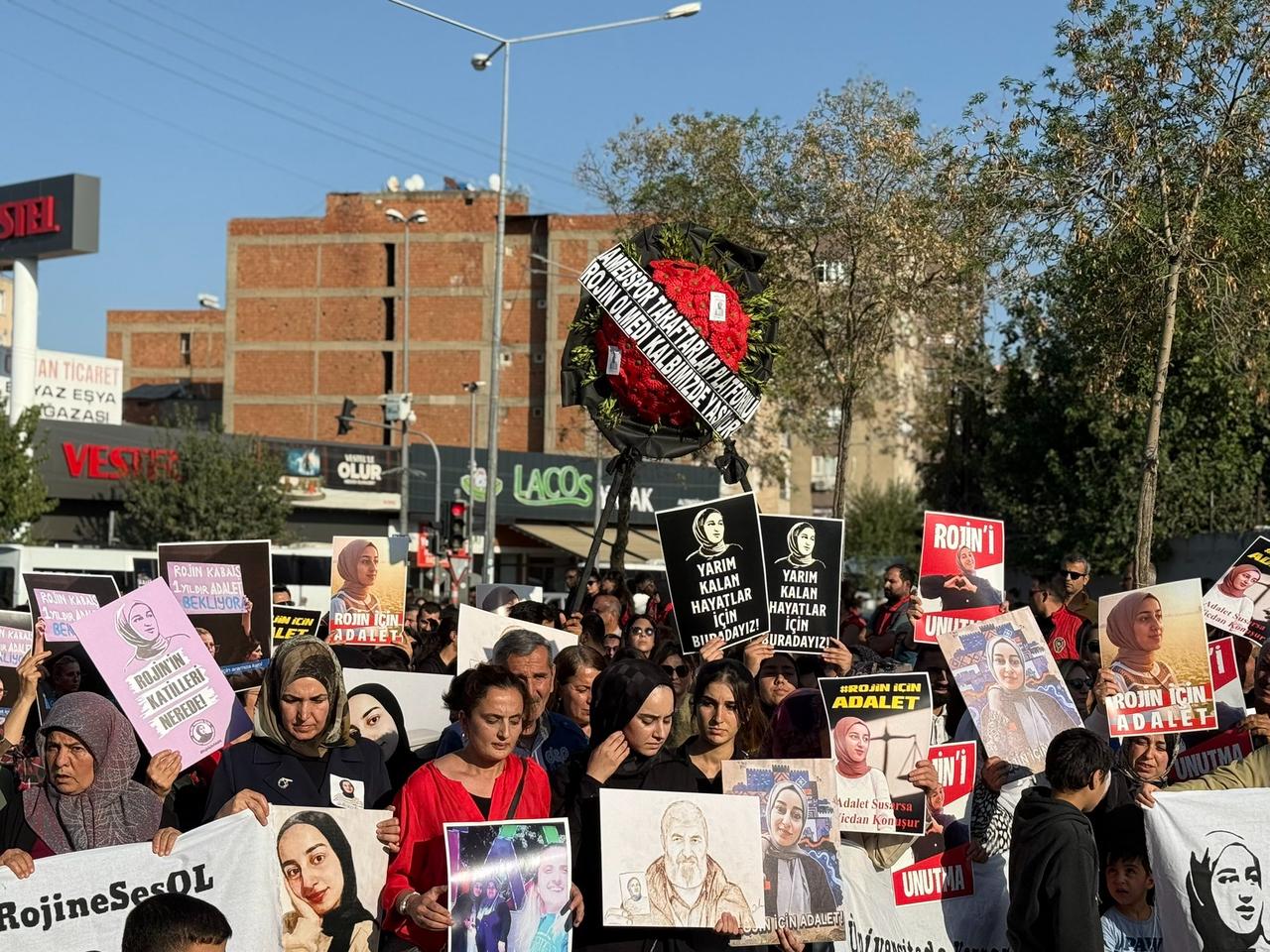
Women’s organizations and students held demonstrations this week in Van, Elazig, and other cities, demanding a transparent investigation.
Protesters carried banners in Turkish and Kurdish reading, “Justice for Rojin Kabais” and chanted, “This is not suicide; this is murder.”
At a protest organized by the Van Women’s Platform, thousands marched from Van AVM to the city center.
“A full year has passed, yet neither justice nor truth has emerged. The secrecy order continues, Rojin’s phone remains unopened, and digital data is still not analyzed. Calling this suicide is not negligence; it is a systematic choice that devalues women’s lives,” said Van Women’s Platform spokesperson Meryema Aslan, as reported by Evrensel.
In Elazig, the Women’s Platform gathered at the city’s main square, chanting “Kimi koruyorsunuz?" (Who are you protecting?).
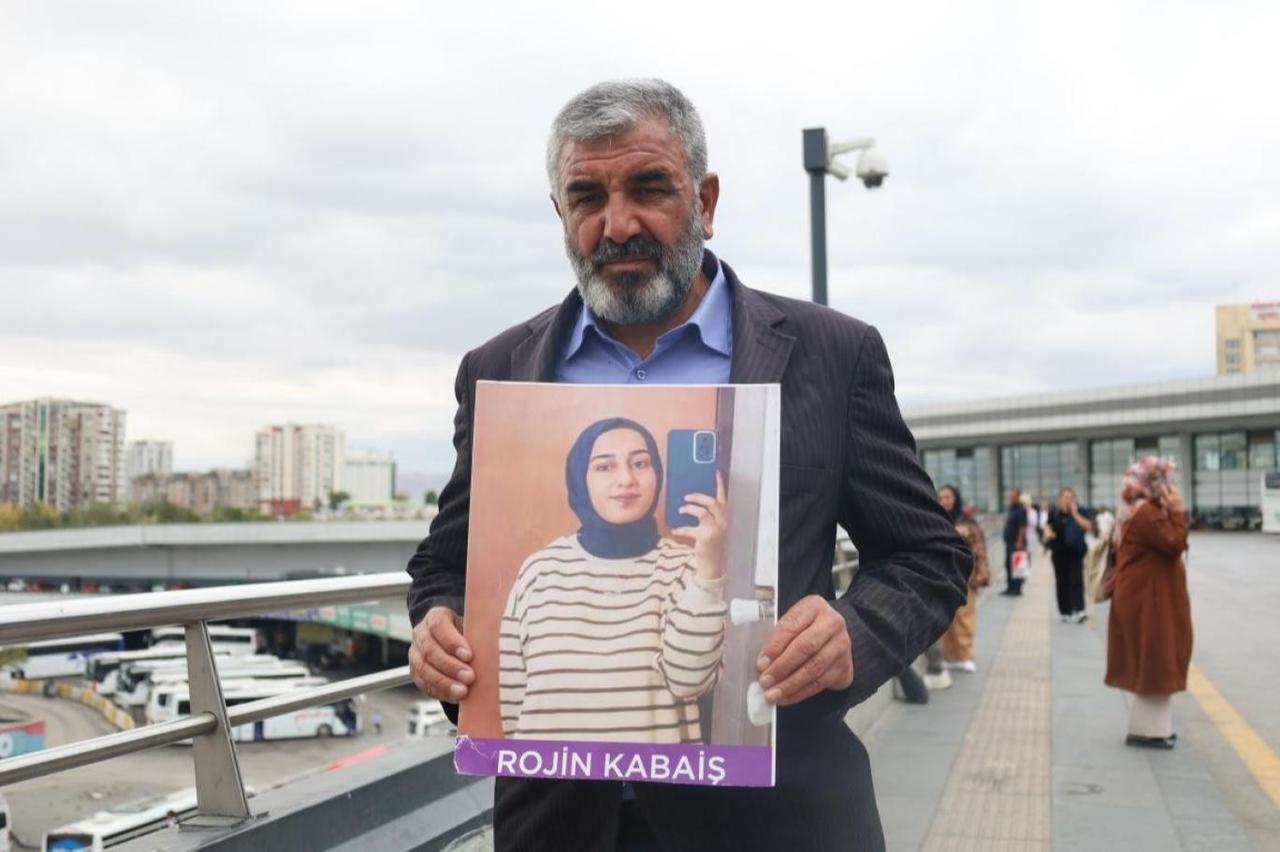
Both the Van and Diyarbakir Bar Associations have filed criminal complaints against ATK, accusing it of delaying critical information about the DNA findings.
“The ATK's first report mentioned two male DNA profiles but did not say from which regions they were taken," former Diyarbakir Bar head Nahit Eren said to DW. "For months, they ignored correspondence and failed to clarify it. This delay hindered the investigation and misled the prosecutor’s office.”
Women’s rights lawyer Simay Ada Kart from the Justice for Kabais Commission added that only public pressure brought the truth forward.
“From the first day, officials tried to label this as suicide," she said, adding, "Only through the persistent work of lawyers and women’s groups did the DNA evidence come to light.”
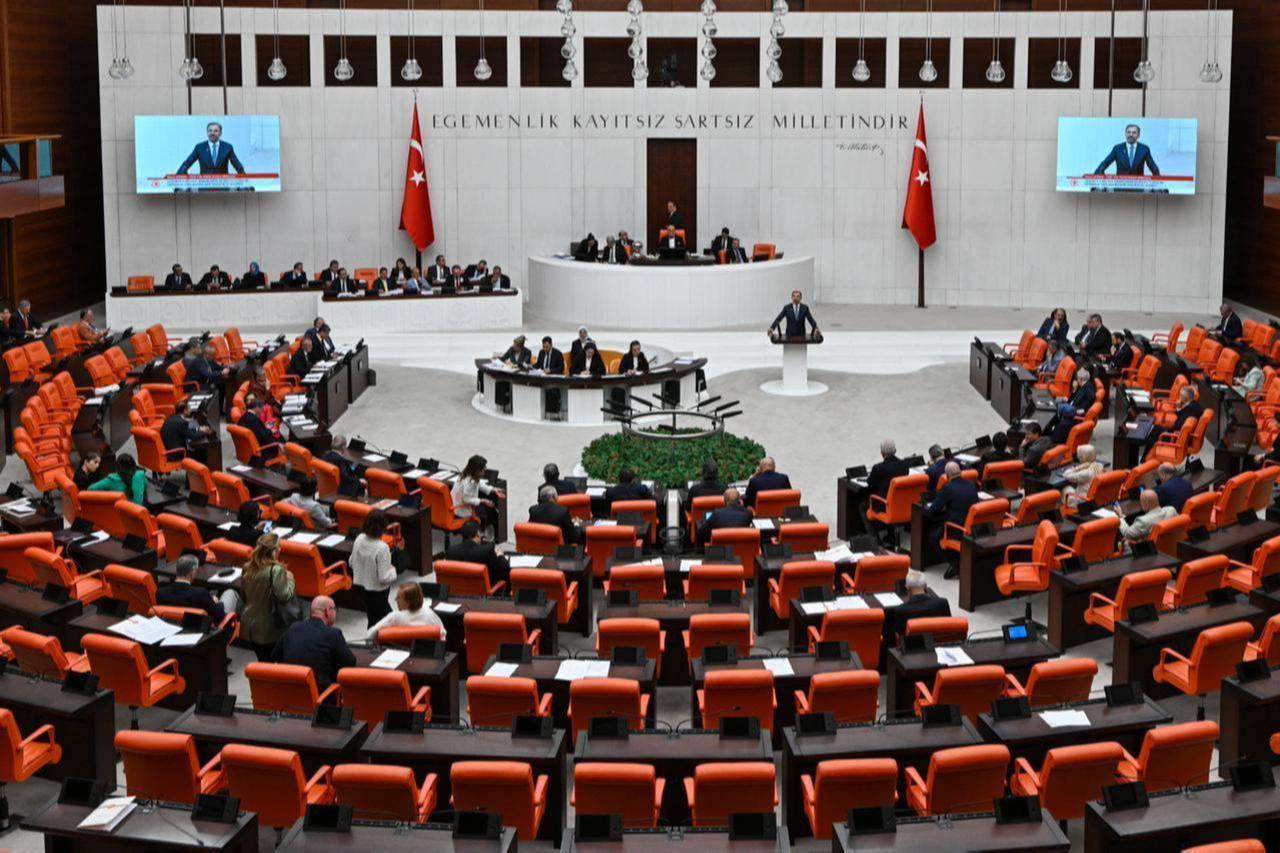
The controversy has also reached Türkiye’s Parliament, where the pro-Kurdish Peoples’ Equality and Democracy Party (DEM) submitted a motion to establish a special commission on Kabais’ death.
The proposal was rejected by votes from the ruling Justice and Development Party (AK Party) and its ally, the Nationalist Movement Party (MHP).
DEM MP Oznur Bartin, during the debate, said, “Every suspicious female death is an uninvestigated murder. Two different male DNA samples were found on Rojin’s body. Why was this information hidden for months? Who was protected?”
Ayca Taskent, a lawmaker from the main opposition Republican People’s Party (CHP), argued that rejecting such motions shows “a systematic failure of justice.”
AK Party MP Adem Yildirim replied that “not every suspicious woman’s death is a murder” and said existing commissions on violence against women were sufficient.
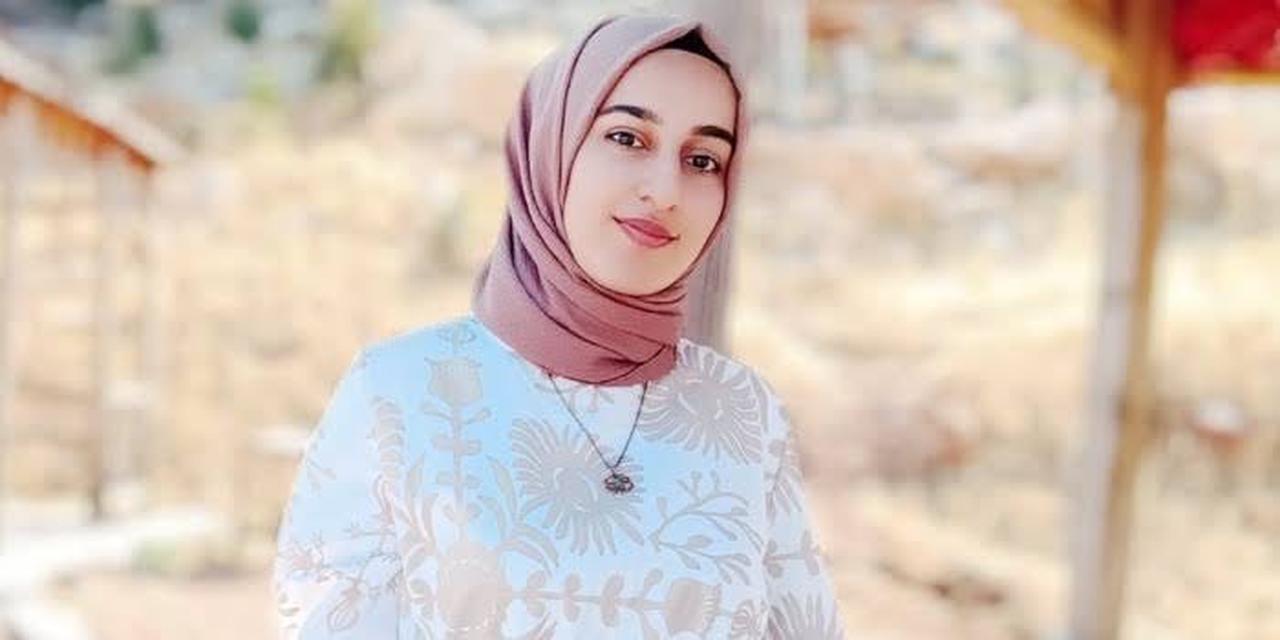
Official forensic reports confirm drowning as the cause of death, but stop short of determining whether it was suicide, accident, or homicide.
The Forensic Medicine Institution also identified two male DNA profiles on the body, but said it could not rule out environmental contamination.
The final report found no clear medical evidence of trauma or poisoning, leaving major questions unresolved.
Kabais’ father, Nizamettin Kabais, continues to urge authorities to identify those responsible. “We have been suffering for a year. Whoever committed this crime must be found,” he said, thanking the bar associations for supporting the family.
The family maintains that the suicide theory conflicts with the available facts and continues to call for a transparent investigation.